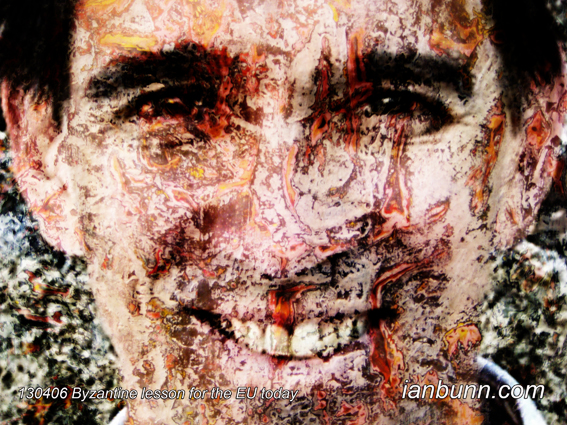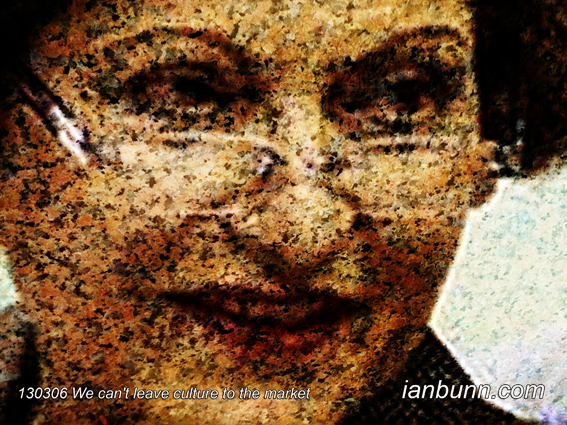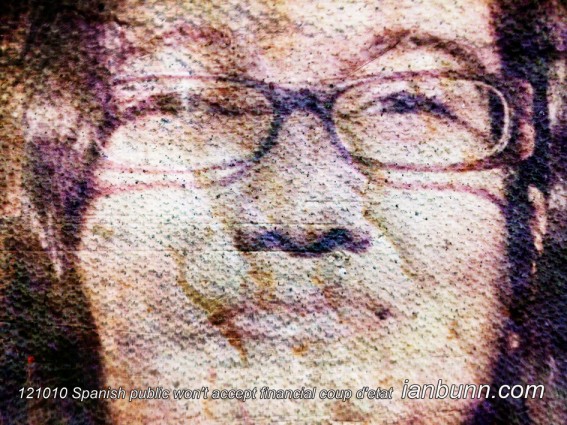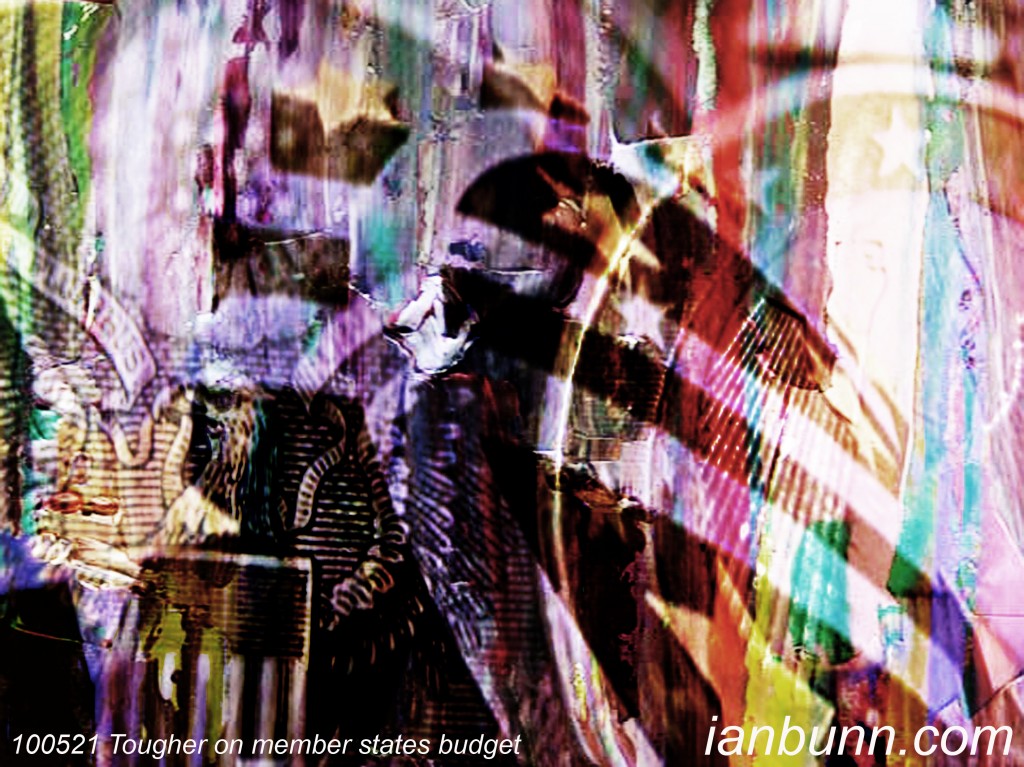 Byzantine lesson for the EU today (April 6 2013)
Byzantine lesson for the EU today (April 6 2013)
Peter Frankopan the British historian and Director of the Oxford Centre for Byzantine Research has published an article in The Guardian titled ‘The Byzantine empire’s own ‘eurozone’ crisis offers a lesson for the EU today’, in which he states “…the Byzantine empire has the distinction of being one of the very few realms to survive for more than a millennium, from the foundation of Constantinople in 330 to its fall in 1453. …Like the EU, the Byzantine empire was a multilingual, multi-ethnic commonwealth that spread across different climates and varied local economies, ranging from bustling cities to market towns, from thriving ports to small rural settlements. Not only that, but it also had a single currency – one, furthermore, that did not fluctuate in value for centuries. Contrary to popular opinion expressed on an almost daily basis in the House of Commons, where MPs queue up to describe over-regulation or over-complex legislation as “Byzantine”, the Byzantine empire was in fact a model of sophistication – particularly when it came to the sorts of areas where the EU has been found wanting. Unlike the European Union, Byzantium was not riddled with inefficiency and disparity when it came to tax: profits could not be parked in a more attractive region, thereby undermining the empire’s structure. Government in Byzantium was lean, simple and efficient. …If Eurocrats could learn from the structure of the empire, then so too could they benefit from looking at how it dealt with a chronic recession, brought on by the same deadly combination that has crippled western economies today. In the 1070s, government revenues collapsed, while expenditure continued to rise on essential services (such as the military); these were made worse by a chronic liquidity crisis. So bad did the situation become that the doors of the treasury were flung open: there was no point locking them, wrote one contemporary, because there was nothing there to steal. Those responsible for the crisis were shown no mercy…”
Inspired by Peter Frankopan, The Guardian ow.ly/j4uLh Image source Twitter ow.ly/j4vh6


